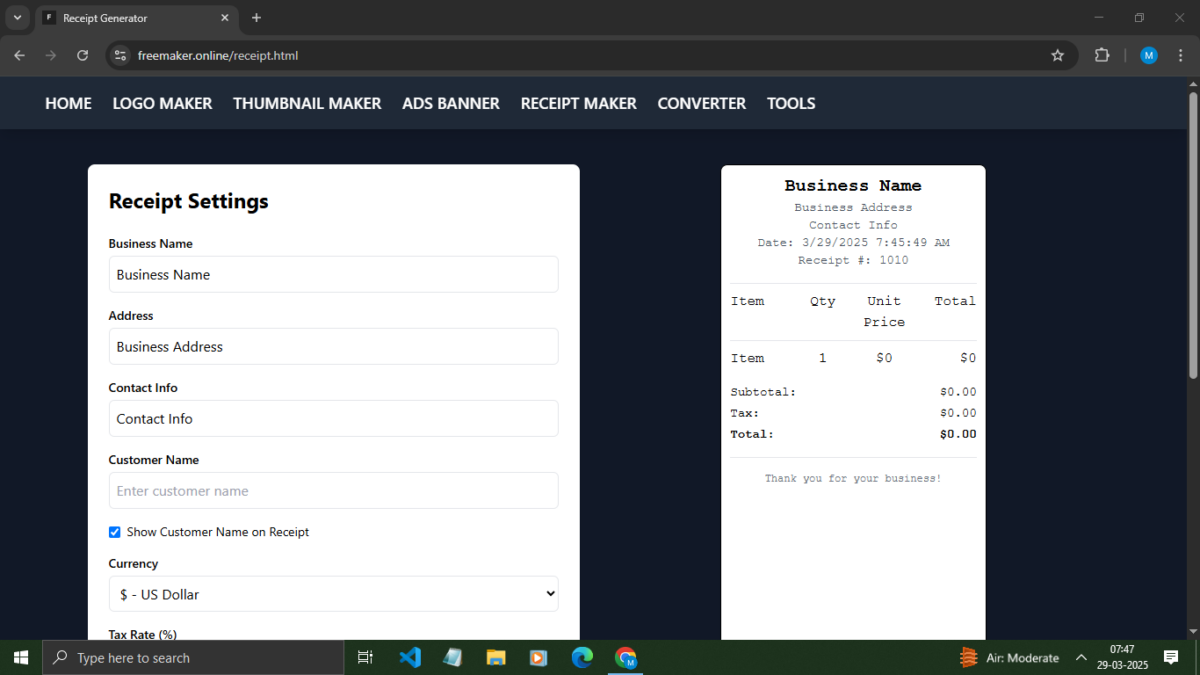Complete Guide for Doctors: How to Apply for a DHA License in Dubai!
Are you a medical professional aspiring to work in Dubai? Obtaining a DHA license is the first step to practice legally in the emirate. Issued by the Dubai Health Authority (DHA), this license ensures that healthcare professionals meet the required standards. This comprehensive guide will walk you through the process of applying for a DHA license in Dubai, eligibility requirements, and tips for a successful application.
What Is a DHA License?
The DHA license is a mandatory certification for healthcare practitioners who wish to work in Dubai’s public or private sectors. This license applies to various professions, including doctors, nurses, pharmacists, and technicians. The license ensures that all practitioners maintain high standards of healthcare delivery in line with Dubai’s regulations.
Eligibility Requirements for a DHA License
Before starting your application process, you must ensure you meet the following eligibility criteria:
- Educational Qualifications
- A recognized degree in your respective field (MBBS, MD, etc.).
- Attested copies of certificates from your home country.
- Professional Experience
- A minimum of two years of relevant clinical experience for doctors.
- A valid internship certificate, if applicable.
- Good Standing Certificate
- This document is issued by the regulatory authority in your home country, confirming your professional credibility.
- Language Proficiency
- Proficiency in English is a must, with certifications like IELTS or TOEFL if required.
Steps to Apply for a DHA License in Dubai
Follow these step-by-step instructions to complete your application:
1. Create a Sheryan Account
- Visit the official DHA website and create an account on their Sheryan platform.
- Upload the necessary documents, including your passport, photographs, and qualifications.
2. Primary Source Verification (PSV)
- The DHA conducts PSV to validate your academic credentials and professional experience.
- This step ensures that all applicants have authentic and verified qualifications.
3. Assessment Exam
- Depending on your specialty, you may need to appear for a Prometric exam.
- This computerized test evaluates your medical knowledge and expertise.
4. Submit Your Application
- Once your documents are verified, submit your application along with the required fees.
- The DHA typically processes applications within 2-4 weeks.
5. Receive Eligibility Letter
- After successful evaluation, you’ll receive an eligibility letter.
- This letter allows you to apply for jobs in Dubai’s healthcare sector.
6. Secure a Job Offer
- Find a suitable position in a Dubai-based healthcare institution.
- Employers often assist in completing the licensing process.
7. Activate Your DHA License
- Once you’ve secured a job, your employer will help you activate the license.
- The license is valid for one year and must be renewed annually.
Common Challenges and Tips for Success
Challenge 1: Document Verification Delays
- Ensure all documents are attested and up-to-date to avoid unnecessary delays.
Challenge 2: Exam Preparation
- Use DHA’s recommended study materials and consider enrolling in preparatory courses.
Challenge 3: Employment Search
- Network with local healthcare institutions and utilize job portals tailored to the UAE market.
Why Work in Dubai’s Healthcare Sector?
Dubai offers excellent opportunities for healthcare professionals, including competitive salaries, tax-free income, and access to world-class medical facilities. The city’s commitment to innovation in healthcare makes it a preferred destination for practitioners worldwide.
Cost of Applying for a DHA License
The approximate costs include:
- PSV Fee: AED 500–AED 1,000
- Exam Fee: AED 250–AED 500
- License Fee: AED 3,000–AED 5,000
Note: Costs may vary depending on your specialty and nationality.
Renewal and Maintaining Your DHA License
- Renewal Process: Renew your license annually through the Sheryan platform.
- Continuous Education: Accumulate CME (Continuing Medical Education) points as required by the DHA.
Conclusion









